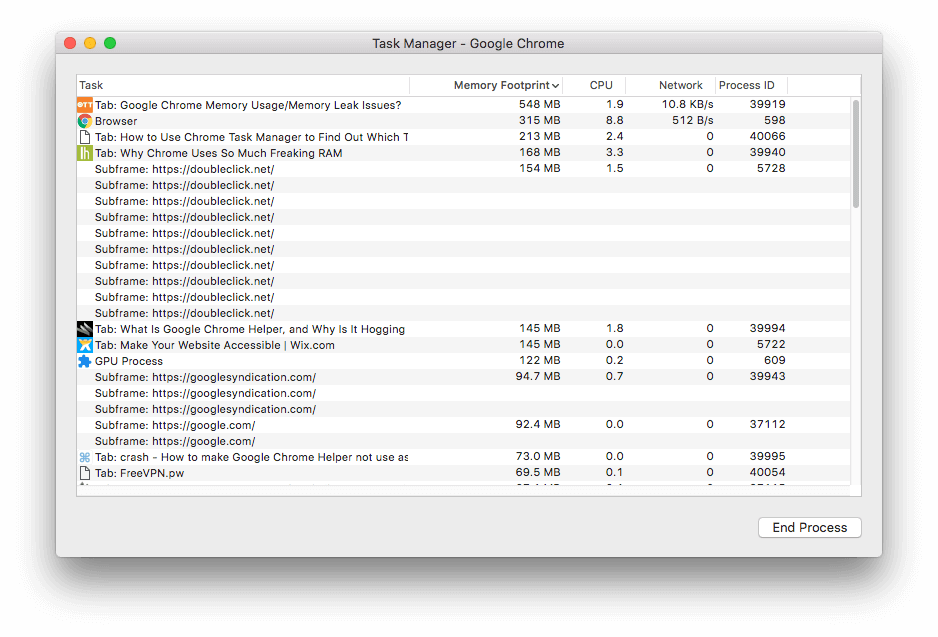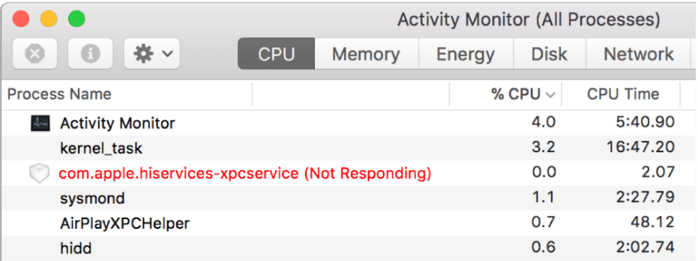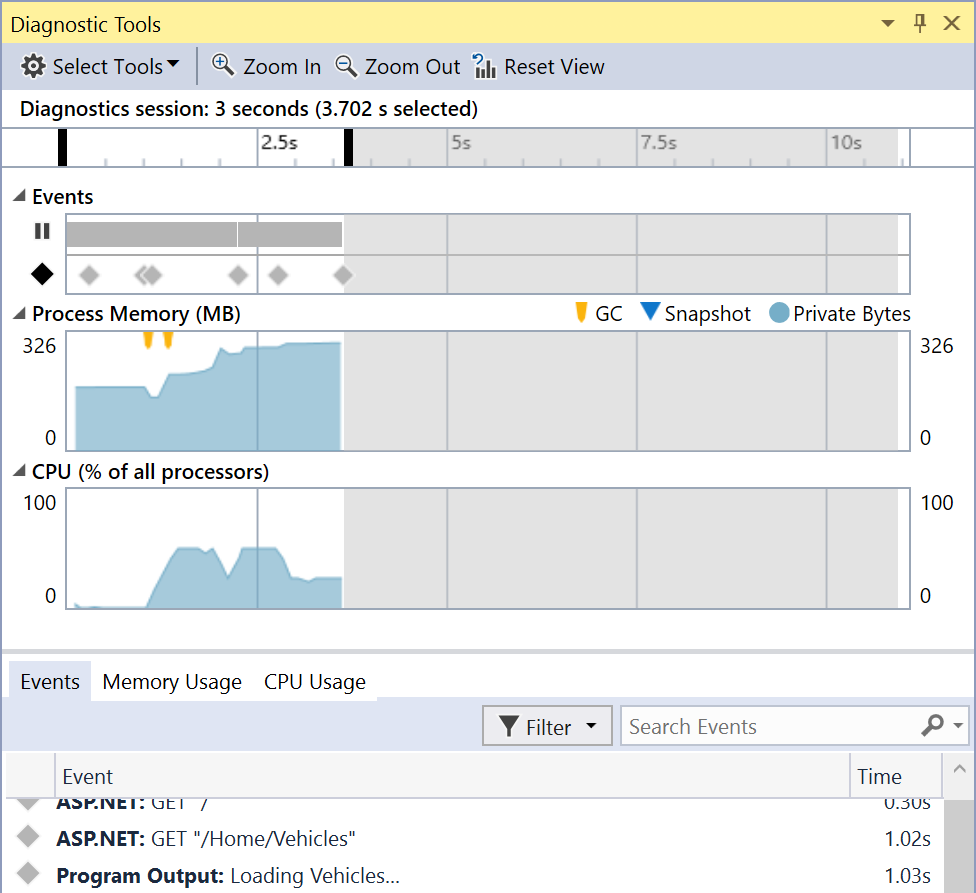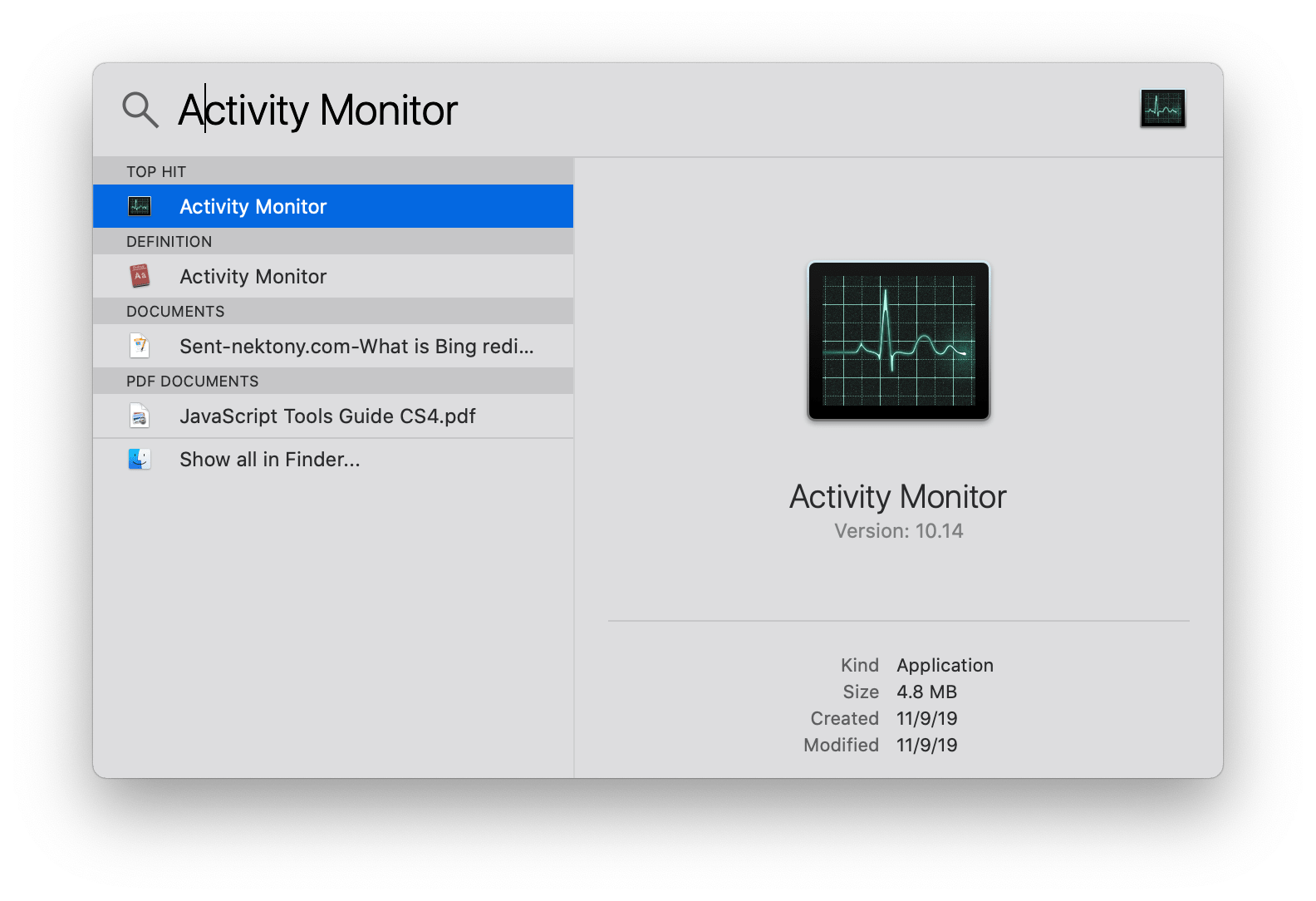
- #Task manager for mac perf chart update
- #Task manager for mac perf chart plus
- #Task manager for mac perf chart windows
#Task manager for mac perf chart windows


As you add more memory, the Page Life Expectancy counter should go up, and the Physical Disk: Average Reads/sec counter should go down. Added memory would let SQL Server cache data, thereby sending less read requests out to the storage. Generally, though, if this number is below 300, the server might benefit from more memory. For example, there are situations like multi-terabyte data warehouses where we simply can’t cache more than a few minutes of data in memory no matter what. Take that number with a grain of salt – we had to pick *some* number to use as a general guideline, but we can’t boil down tons of troubleshooting down to a single number. As a general starting point, this number shouldn’t dip below 300 seconds (5 minutes) for too long. This counter records how long SQL Server is able to cache data in memory, measured in seconds. In my SQL Server Perfmon tutorial, one of the counters I recommend checking is SQL Server: Buffer Manager – Page Life Expectancy. Is SQL Server Caching Data to Lessen IO Demands? To find out if the server’s memory is effectively covering up sins, we have to do some investigation. (There are some version/edition restrictions, but let’s keep things simple for now.) This is a good thing it means the default setting is covering up for sins. It also assumes that more queries could come in at any moment, so it never lets go or releases memory unless the server comes under memory pressure (like if other apps need memory and Windows sends out a memory pressure notification).īy default, SQL Server assumes that its server exists for the sole purpose of hosting databases, so the default setting for memory is an unlimited maximum. Throw enough memory at these problems and they go away, so SQL Server wants to use all the memory it can get.
#Task manager for mac perf chart update
SQL Server knows that once it reads a piece of data from the drives, that data isn’t changing unless SQL Server itself needs to update it. SQL Server doesn’t have a shared-disk model: only one server’s SQLserver.exe can touch the data files at any given time. To improve performance, SQL Server caches data in memory. The organization of files and drives is abstracted away from the programmers. Programmers issue SELECT statements (yes, usually SELECT *) and SQL Server fetches the data back from the drives. SQL Server is a database: programmers store data in SQL Server, and then SQL Server manages writing that data to files on the hard drive. This isn’t an accident, and there’s a good reason for it. No matter how much memory you put in a system, SQL Server will use all it can get until it’s caching entire databases in memory and then some.

So how much memory is SQL using? I’ll make this easy for you. It’s not unusual to also see SQL Server Analysis Services, Integration Services, and Reporting Services also running on the same server – all of which consume memory.
#Task manager for mac perf chart plus
In the server I’m showing at right, there’s two SQL Server instances (shown by sqlservr.exe), plus SQL Agent, SQL Browser, and SQL Server backup tools. To truly get an accurate picture of how much memory SQL Server is using, you need a tool like Process Explorer, and you need to identify all of SQL Server’s processes. (I know, it sounds like the SQL guy is shifting the blame, but bear with me for a second.) On 64-bit boxes, this number is somewhat more accurate, but on 32-bit boxes, it’s just completely off-base. When you remote desktop into a server and look at Task Manager, sqlservr.exe’s Mem Usage always seems wacky.

What the hell’s going on inside? Today I’ll give you the basics – starting with the question every sysadmin always asks me: Task Manager: a Dirty, Filthy Liar Why Isn’t SQLServer.exe Using Much Memory? Database servers suck, don’t they? Don’t you just hate dealing with these things? They’re totally different than any other server in the shop, making a mockery of any CPU, memory, and storage you throw at ’em.


 0 kommentar(er)
0 kommentar(er)
